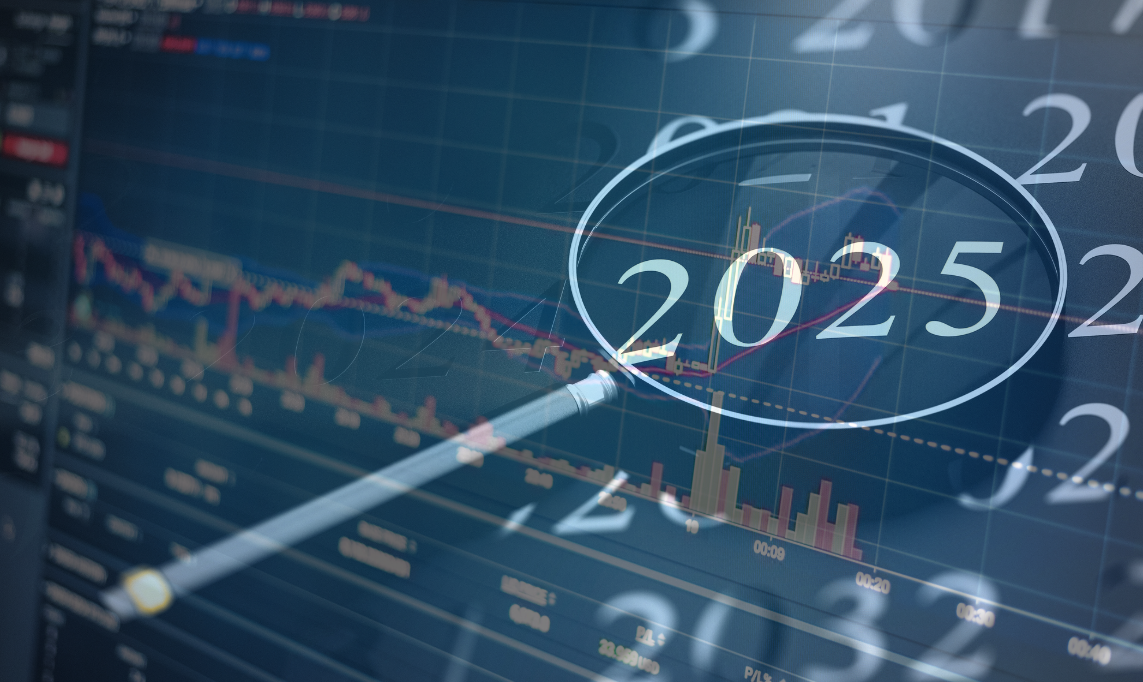The U.S. Nasdaq and Italy's Piazza Affari stock market. Both had double-digit performances in the space of just three months, up more than 14 percent. The Milanese list also managed to outperform the rises of Paris and Frankfurt, which, again in three months, gained between 12 and 13 percent. Much less consistent was the performance of the non-European stock exchanges, with Tokyo's Nikkei 225 index rising about 7 percent between January 1 and March 30, narrowly outpacing the S&P 500 (which brings together the most important companies listed in New York) and having a positive performance of just over 5 percent. Black jersey was the London Stock Exchange, which gained just over 2 percent in three months, also outperformed by Hong Kong (up about 3 percent).
Aside from these geographic differences, however, it can be said without a doubt that the equity asset class was nonetheless profitable in the first quarter, after a 2022 certainly to be forgotten. "Europe outperformed the average of developed markets, with the Euro Stoxx 50 index gaining 13 percent in the quarter," says Corrado Cominotto, head of Active Management, Wealth Management at Banca Generali, "and after suffering the negative effect caused by the war conflict in Ukraine, it has found the most favor with investors in these early months of the year."
 Corrado Cominotto, Head of Active Asset Management at Banca Generali
Corrado Cominotto, Head of Active Asset Management at Banca Generali

/original/Testo+del+paragrafo+%2827%29.png)
/original/Testo+del+paragrafo+%2825%29.png)
